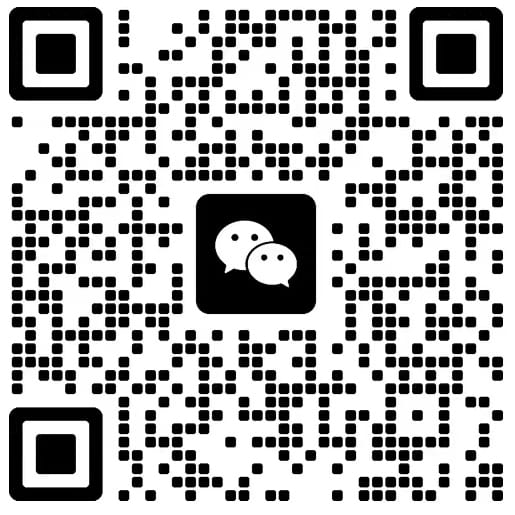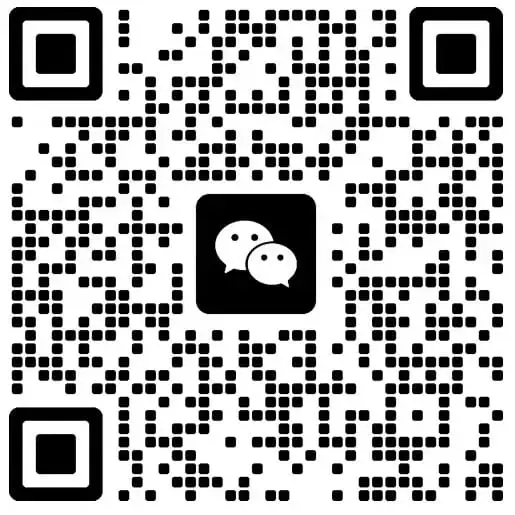Every package shipped internationally must pass through customs clearance. Therefore, it’s crucial to provide an accurate customs declaration detailing the contents of your shipment to avoid delays or complications. Today’s tutorial covers everything you need to know about customs declarations to ensure compliance with regulations and facilitate smooth international transactions.
What is a customs declaration?
A customs declaration is a mandatory document that lists and describes the goods you ship across international borders. It is a critical tool for customs agencies to assess the cargo’s legality, value, and duties.
Without clear and precise details about your shipment, customs authorities may hold your package for clarification, return it to the shipper, or, in extreme cases, dispose of it. For instance, vague descriptions like “gift,” “bottle,” “box,” or “supplies” fail to convey enough information about the contents.
To prevent such issues, include specific details in your customs declaration form. For example, instead of labeling an item as “bottle,” specify it as “500ml stainless steel water bottle.” This clarity ensures smooth processing and minimizes the risk of delays.
What's the purpose of a customs declaration?
Generally, customs authorities use this document to monitor and control imports and exports, ensuring compliance with national and international laws.
The declaration form serves the following primary purposes:
- For imports: It safeguards the economy and environment from potentially harmful or dangerous goods.
- For exports: It enforces restrictions on goods prohibited from leaving the country and implements necessary surveillance. For example, exporting cultural artifacts or restricted technologies requires special permissions.
- Access duty and tax: Customs officials use the information from declarations to determine the applicable taxes and tariffs when goods cross borders.
- Trade facilitation: A well-prepared customs declaration speeds up the clearance process, ensuring faster movement of goods across borders.
The most common customs declaration form
CN22 and CN23 customs declaration
The CN22 declaration form
The CN22 is a simplified form for smaller shipments, typically used when:
- The value of the goods is €300 or less (or the local currency equivalent).
- The package weighs under 2kg.
This form is often affixed directly to the package.
The CN23 declaration form
The CN23 is more comprehensive and is mandatory for:
- Shipments with a value exceeding €300.
- Packages weighing over 2kg.
This form includes detailed information such as:
- A complete inventory of the items.
- Tariff codes, if applicable.
- Invoice or reference numbers.
- Delivery and insurance details.
C88 customs declaration form
The C88 form, also called the Single Administrative Document (SAD), is essential for clearing goods through customs during import and export activities in the EU and the UK.
Additionally, the C88 customs declaration document allows customs authorities to track and record the movement of goods, ensuring transparency and control over international trade.
How is the C88 form used?
- Typically, the traders, businesses, or their agents can use C88 to declare imports, exports, and community status of goods.
- Both the consignee and a customs agent acting on their behalf can complete the C88 form.
Import declaration N10
Australia requires importers to complete the N10 form when declaring goods with a total value exceeding AUD$1,000 and intended for domestic consumption.
Required information:
- Importer details (name and address)
- Description of goods and tariff classification
- Country of origin
- Mode of transport (e.g., sea, air)
- Customs value of the goods
Where to find it:
The N10 form is available on the Australian Border Force website and can be submitted electronically through their online system.
As a member of our team, we can provide customs brokerage services to ensure smooth delivery for you.
Who completes and lodges the declaration form?
Generally, the importer or exporter is responsible for submitting the customs declaration. However, many businesses choose to hire licensed customs brokers to handle the preparation and submission of the declaration on their behalf.
What should be included, and how to fill it out?
You can typically complete a customs declaration in your booking system or directly with your carrier. When filling out the declaration form, make sure to provide the following details:
- Currency: Specify the currency used for the shipment’s declared value.
- Category: Indicate the type of shipment, such as a gift, product sample, or commercial goods.
- Quantity: State the total number of items in the shipment.
- Country of origin: Use the ISO-country code to identify where the goods were manufactured or produced.
- Content description: Provide a clear and detailed description of the items included.
- Tariff code: Include the appropriate HS code for accurate customs classification.
- Unit weight: Specify the weight of each item in the shipment.
- Unit value: Declare the total value of the shipment in the chosen currency.
What happens if you don't declare goods?
Failing to declare or provide false information about goods can lead to significant consequences. Customs authorities have the right to seize undeclared items, which could result in losing your goods permanently or paying a substantial penalty to reclaim them. Depending on the type of goods and specific circumstances, penalties can range between 25% and 80% of the goods’ declared value.
If customs seize your goods while you believe the action was unjustified, you can challenge their decision. Submit an appeal letter to the customs authority within 90 days of the seizure date or seek assistance from your freight forwarder.
Conclusion
Accurate customs declarations are the backbone of smooth and compliant international trade. At Airsupply, we simplify the complexities of global shipping, including customs clearance, so you can focus on growing your business. By partnering with us, you gain access to a trusted freight network, expert guidance on documentation, and dedicated support at every process.
FAQs
What is the role of a customs broker?
A customs broker ensures the accuracy of customs declarations, calculates duties and taxes correctly, and processes payments promptly. It helps goods cross borders seamlessly, avoiding unnecessary delays or disruptions.
Beyond prime customs clearance, an experienced customs broker or strategic customs partner can deliver centralized solutions and offer expert advisory services.
Do you need a customs broker, or can you handle customs clearance yourself?
If you have the necessary expertise, manage moderate cargo volumes, and handle straightforward products, you may be able to handle the customs clearance process independently. However, for companies involved in bulk shipping or operating across multiple regions, working with a customs broker is highly recommended.




